You were given an example of poor customer service. Perhaps an explanation and discussion now will spark an idea for a training solution. That’s all there is to it.
This blog is divided into two categories: Training and Development and Customer Service. It was written for three reasons:
-
I’ve trained in customer service as have many of you
-
I’ve lived through many of its technological changes, (not improvements I said) as many of you, and finally,
-
I’d like to see some new changes, including putting the personal touch back into customer service.
So, if you’re looking for a training solution, look no further. There you have it. Persuade employers not to take the simplest, most efficient technological route. The customer first mindset requires people to contact, as well as the right people to contact.
Customer service can make or break a company. It’s not so easy these days, with global, faceless conglomerates that frequently have so many happy customers in so many countries that the principals wouldn’t know who they were or care. The loss of one or two loyal customers is insignificant. As a result, excellent customer service isn’t all that important. It could be making a comeback thanks to social media. Instead of one person telling ten of his or her friends about disappointed rising customer expectations, we have one person telling hundreds, and hundreds telling hundreds. But that’s beside the point…
Technology has made it possible to make customer service easier and, in some ways, more efficient. Some argue that technology is ideal for making all customer loyalty easier and faster. Those are the people who want basic information but don’t want to talk to a real person and, oh, are probably computer savvy. I believe that technology is best for employers who want to provide cost-effective customer service while giving the impression of excellent service. According to their muddled definition of customer service, it does the job adequately.
Before automation, probably 90% of calls to call centers were for basic information questions that didn’t require a person to look up; an early example would be a bank teller and an ATM. We still use bank tellers if we need a more complex answer than the ATM provides. Of course, that is the most basic form of an automated system. 10% of those calls were more complicated and required a person to assist in resolving the issue; this is when you went into the bank to see the teller or someone else.
Customer service used to make or break businesses. It’s not so easy these days, with the worldwide, faceless conglomerates who often have so many customers in so many contries, the principals wouldn’t know who they were or care. The loss of one or two customers is no big deal. So customer service is not that important. Perhaps, it’s making a comeback with social media. Instead of one disappointed customer telling ten of his or her friends, we have one person telling hundreds, and hundreds telling hundreds. But that’s not important…
Technology has brought us a long way to making customer service easier, and in some ways, more efficient. Some would say technology perfect for making it easier and faster for all for all customers. Those people would be the ones who want to know basic information and don’t want to talk to a real person, and, oh, are most likely computer savvy. I would say technology is best for the employer who wants customer service to be cost effective while giving the impression of having great customer service. In corporate minds it does the job adequately, according to their mixed up definition of customer service.
Probably 90 percent of the calls that came into a call center before automation took over had to do with basic information questions that don’t need a person to look up; an early example would be a bank teller and an ATM. We still use bank tellers though if we have a more complex answer than is offered by the ATM. Of course, that is an automated system at its most basic. Ten percent of those calls were more complicated and needed a person to help resolve the issue; that would be when you went into the bank to see the teller or someone else.
Advance to more sophisticated automated systems, where a human or human-like voice (the first ones were a little frightening) asks you what you need help with. We’ve all been there—some just to pay the bills. In some cases, a real person (a representative) will assist you, but only after you’ve jumped through a million hoops. Be thankful that you aren’t immobile, verbally or physically handicapped, or simply move more slowly or are less agile than you were 20 years ago, because you won’t be able to get help unless you can communicate with someone. Today’s online and automated phone customer service caters to people aged twenty to sixty. The rest can’t do it on their own.
It’s bad enough when the customer journey has done everything the machine has told him or her to do and none of the categories even comes close to what the question or concern is, and there’s no way to talk to a person unless you know the secret. If a customer complaints is particularly clever or savvy with these types of systems (practice helps, and we’re getting there), they can punch “0” and speak to a human. Not always, but occasionally. Customer satisfaction, on the other hand, is frustrated and angry by the time they speak with someone. They had been confused and mildly upset for about half an hour before that.
When customers get past Automaton Lucy, they are referred to the department after department, again and again, to repeat the same identification information in order to verify them as genuine customers on the account, the issue or question if it fits the pre-programmed model, only to be told there is nothing the Frequently Asked Questions spoken verbally can do.
The customers request to speak with the manager due to poor customer service. “It’s company policy,” the manager says. I can do better. I can improve on a couple of things. It is a policy that allows the company thirty days to hold the customers’ money that they withdrew from their account in error; the fact that it was an error on the part of the company does not qualify for expedited service to refund the cash sooner.
Policy is the responsibility of the company, not the people. It is not a legal requirement. It is adaptable in that it can be bent, ignored, or applied on an individual basis. Is it bad for business to abuse it or not use it all the time? Is it there to benefit the company from the loopholes it creates? If it’s company policy to wait or hold something, it’s usually money in a bank account. Right. Interest.
What else is there to keep? Paperwork. Who wants to keep track of something like that? However, money is electronic and in our account, where it earns interest—especially when combined with a large amount of other money in the account.
What does that policy entail? It is never explained, nor are the expedited service rules. No, but this particular case, which took a week to investigate, does not meet the criteria for expedited service. What exactly does expedited service entail? Let us see… a phone call. We don’t use phones much anymore in business. It’s most likely an email. Make a payment to so-and-so. Here’s the account number and balance. Remember how the folder had been sitting on his or her boss’s desk for a week without being expedited?
(1)The real problem here is that policies are not laws. My wife is a lawyer who also happens to be the chief of a police department. She would understand the difference between a policy and a law. For that matter, I would as well.
The slick company’s customer service is the best—it is the most efficient, and Marc Antony’s speech about Brutus being an honorable man is also accurate. Calling customers back in record time by several different customer service agents to give them the same answer and argue with them over a policy point to demonstrate your company’s responsiveness does nothing but enrage them. Especially when a customer support team policy does not count for customer retention. The old adage that if a customer is treated poorly, he will tell ten of his friends no longer applies. The involvement of customer interactions in social media can multiply those numbers exponentially. And if they have a popular blog. Oops.
Who gives good
Who nowadays provides good customer service? Businesses that live and die by word of mouth, successful retail stores, restaurants—particularly good servers in the United States—who make the majority of their money on tips, virtually any successful mom-and-pop business that relies on face-to-face commerce, and large successful corporations and businesses that understand that people are the reason they exist. Some of the obvious ones, such as Disney, USAA, Ben and Jerry’s, and motion picture studios, have probably always done it because the customer factor is right in their face.
Who doesn’t understand? Multinational corporations, large businesses, and small businesses (yes, ordinary businesses and some mom-and-pop shops) that prioritize the bottom line do not. There are also compartmentalized businesses in which one part of the company is unaware of what the other is doing. They’ve become disoriented. They risk jeopardizing their bottom line because they have forgotten about their customers. Some devoted customers even purchase stock. Some people change their minds.
There are those bottom-feeder companies that have salespeople rush measure-quality-customer-experience people to buy products or services in order to get rich. When something goes wrong, they have little flexibility and use policy to get their way, hoping to appease customers with their slick “we’ll get back to you immediately” form of customer service; they use “policy” liberally to resolve most customer service problems, effectively making it the customers’ fault.
My job as a customer service regional representative for five states and the District of Columbia was to “assist” state offices where customer service team efforts had failed, or so the customer empathy thought. And my boss expected me to solve the problem whether the customers were positive or negative. It was my responsibility to be the voice of reason with the support teams.
With no real power to make changes to a client’s case as is the case with most customer service people at that level, I had to hand it off to someone who did. To work with my counterparts in the “company” and the client, I had to use–what’s that word: charisma? I say it in all modesty, of course. The penthouse executives regarded the
With no real authority to make changes to a client’s case, as most customer service representatives do at that level, I had to delegate it to someone who could. To collaborate with my colleagues in the “company” and the client, I needed—the what’s word?—charism? Of course, I say it modestly. The customer with a problem was regarded as an annoyance and an unpredictability by the penthouse executives. Is what happened to the customer always correct? That could solve the problem almost every time without a hitch.
The state and local reps didn’t work for me because I was a regional rep. As a result, the job had a double-whammy effect on me. I had to research a problem that other customer service representatives had already researched, ask my contacts at the State level (perhaps they are slightly higher than the State reps themselves), and provide an answer to clients; if nothing else could be done, I still had to find out why. As I previously stated, policy alone was insufficient. I was frequently asked to explain why the state of national office had that policy. That was sometimes enough, but most of the time when a policy affects someone personally, and customers deserve it, the policy is still just a policy for the convenience of the company, with room for exceptions.
What I could do was get my company’s president or the national rep to speak with the program’s state representatives. Sometimes the mere mention of that action resulted in an exception, other times it did not. Charisma was important. One could hope that my charges liked me more than they feared the unknown. I prefer to imagine the former. Unless the customers’ problem with us is so serious that it warrants extensive media coverage, I doubt my company’s president or even one of her significant vice presidents would have gotten directly involved in the first place.
Unfortunately, the rooms at the top are frequently focused on money columns rather than people’s needs. I frequently developed relationships with clients because I tried numerous avenues; not that others hadn’t done the same; however, I was the end of the road for them. If it was a money problem or a problem that caused a lack of funds at a critical time, I was attempting to solve a problem that had a significant impact on their lives.
We appear to have lost sight of the true definition of customer service and what our interactions with customer expectations mean to us. My training question is, who told them that customer service was only about saving money and giving answers—to hell with customers? I’m not sure, and I’m not interested. I’d kick some butt over it if I could.
Be truthful. Don’t you despise automated customer service phone lines or being directed to a company website (some now have chat groups) when you have a complicated real-world question? Sometimes the only way out of the automation prison is to hang up the phone. Otherwise, you’ll go round and round. Bottom line: a machine cannot change an answer that you have already received, such as a billing problem. In any case, not yet. If you read one of my recent blogs, you might see it in the near future.
Customers not only define our products, but they also define how we conduct business and, in some cases, whether we continue to exist. The latter was more prevalent in smaller businesses. They don’t now, but they should. If only customers could go viral…
Happy Training.
For more resources about training, see the Training library.
For more on Jack Shaw, check his home site, where you can find access to other publications, including a fantastic novel called, Harry’s Reality.








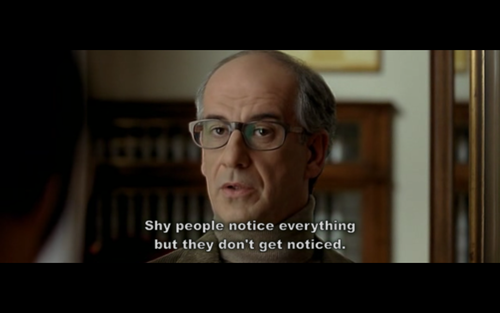 For ease of writing, let’s just name the “person” Doris or Bill and they are interchangeable so no arguments about sex.
For ease of writing, let’s just name the “person” Doris or Bill and they are interchangeable so no arguments about sex.



